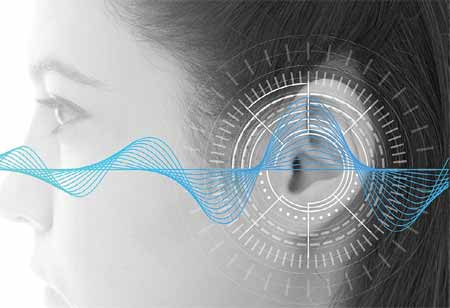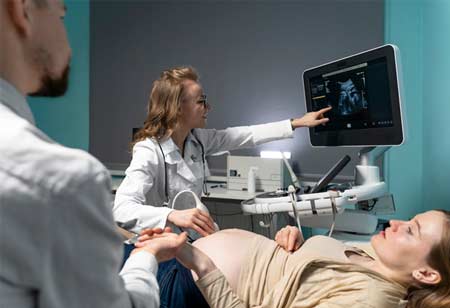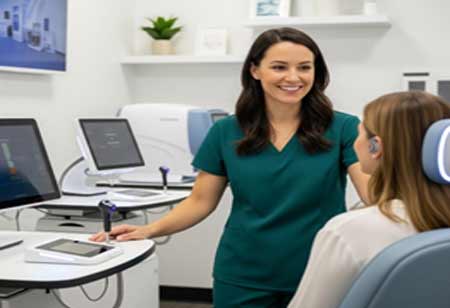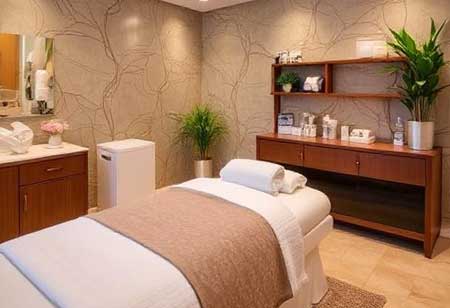The Sound of Innovation: Audiology's Technological Leap Forward
Audiology services are evolving with the integration of smart hearing aids, tele-audiology, and AI advancements, offering increased accessibility, affordability, and personalized care.

By
Medical Care Review | Tuesday, October 28, 2025
Stay on top of your health and well-being with exclusive feature stories on the top medical clinics and treatment centers, expert insights and the latest news delivered straight to your inbox. Subscribe today.
Audiology services have changed a lot in recent years. Digital hearing aids have made a big difference. These modern hearing aids are small and easy to wear, unlike the bulky devices of the past. They come with useful features, such as Bluetooth connectivity. This allows users to stream music and take phone calls directly through their hearing aids. You can also adjust your hearing aid settings using a smartphone app. Overall, this move to digital technology makes hearing aids more accessible, personalized, and user-friendly than ever.
Tele-audiology is becoming popular alongside hearing aids. With telehealth, you can receive a hearing test or a follow-up consultation from the comfort of your own home. Audiologists can connect with patients online, making it easier for them to get tested, receive advice, and adjust their hearing devices without visiting an office. This is especially useful for people in rural or underserved areas, where access to audiology services may be challenging. Now, you can get professional care and support from anywhere, removing barriers to hearing health.
Mobile hearing aid apps are another exciting development. These apps enable users to adjust their hearing devices in real-time based on their surroundings. Whether you are at a loud concert or in a quiet room, you can change the volume and settings to make your hearing experience more comfortable. These apps give users control over their hearing health, allowing them to easily personalize their devices.
Challenges in the Audiology Field
However, even with these exciting advancements, the audiology sector faces its own set of hurdles. One of the biggest challenges is the stigma surrounding hearing loss. Many people are hesitant to seek help or admit they might need hearing aids. They may feel self-conscious or unsure about how hearing aids will fit into their lives. In reality, though, today’s hearing aids are far less noticeable and much more effective than in the past. The industry needs to do more to educate the public about how hearing aids can seamlessly fit into everyday life, enhancing both communication and quality of life.
Another challenge the industry faces is the cost of hearing aids. Although technology has improved, these devices still come with a substantial price tag. Not everyone has insurance coverage, and out-of-pocket expenses can be challenging for some to manage. The high cost of hearing aids often discourages individuals from seeking help until their hearing loss becomes more severe, ultimately affecting their overall well-being. While some solutions are emerging, such as over-the-counter hearing aids, the financial barrier remains significant for many people.
In addition to cost, another challenge is the lack of awareness regarding hearing health. Many individuals don’t realize that hearing loss can occur gradually, and by the time they notice it, it has already significantly affected their lives. Early detection and intervention can help prevent further hearing deterioration, but the current lack of public education about hearing health can delay diagnosis and treatment. Audiology service providers need to engage more actively in public outreach to increase awareness and promote the importance of regular hearing assessments, even if you don’t think you have a problem.
How the Audiology Sector is Innovating
The audiology sector is undergoing a significant transformation, driven by innovative solutions that fundamentally alter the experience of hearing care. Over-the-counter hearing aids constitute a notable advancement in this field, as they eliminate the necessity for professional fittings while providing high-quality and cost-effective options. These devices empower consumers to access hearing assistance without the substantial financial burden often associated with custom-made alternatives. By simplifying accessibility and reducing economic barriers, over-the-counter hearing aids facilitate improved hearing health for a larger population.
Moreover, the integration of artificial intelligence (AI) into audiology is further enhancing the capabilities of hearing devices. AI-powered hearing aids possess the ability to automatically adjust to various auditory environments, including crowded venues and quiet spaces, thereby ensuring a seamless user experience. This technology enhances the intelligence and intuitiveness of hearing aids while also allowing audiologists to analyze test results and formulate personalized treatment plans more efficiently. As AI continues to advance, these devices are expected to exhibit even greater precision in adapting to individual user preferences, thereby improving both comfort and efficacy.
In conjunction with these technological developments, there is an increasing emphasis on personalized audiology care. Mobile applications now enable users to monitor their hearing progress, modify settings, and engage in remote consultations with audiologists, significantly reducing the need for in-person appointments. This flexibility allows patients to manage their hearing health in a manner that aligns with their lifestyles. With the rising focus on tele-audiology and mobile healthcare solutions, the future of hearing services is becoming increasingly accessible, efficient, and tailored to meet individual needs.







